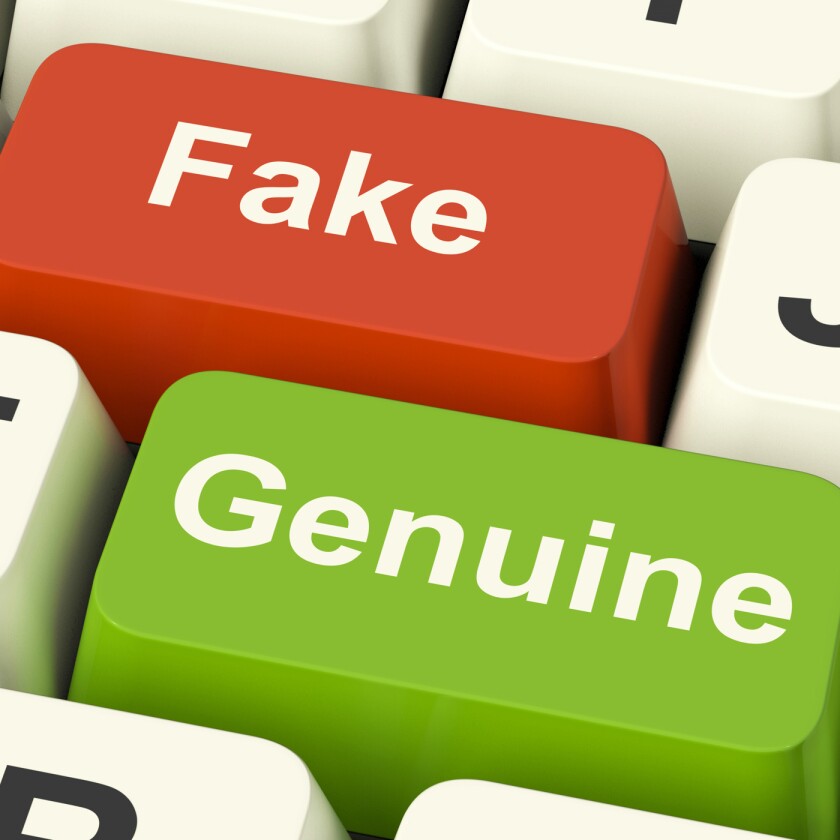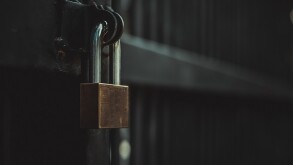In 2023, Vietnam’s Intellectual Property Rights Infringement Prevention Cooperation Programme reported that 776 cases of intellectual property rights (IPR) infringement were resolved nationwide. Of these, 546 were addressed through administrative measures, while criminal proceedings were initiated in just five cases. These statistics clearly show that administrative measures overwhelmingly dominate the response to counterfeit goods, with criminal actions being relatively rare.
This raises an intriguing question: why do IPR holders prefer administrative routes over criminal measures in Vietnam? And what challenges and obstacles make criminal enforcement less commonly pursued in these cases?
Overlapping legal provisions
Under Vietnam’s Penal Code, two key offences address counterfeit goods:
Manufacturing and trading in counterfeit goods, under Article 192; and
Manufacturing and trading in industrial property rights-infringing goods, under Article 226.
Both provisions regulate counterfeit goods, yet they suffer from a lack of clear definitions and guidelines for application.
Article 192 does not explicitly define “counterfeit goods”. Instead, authorities refer to Article 3.7 of Decree No. 98/2020/ND-CP, as amended, which outlines several categories of counterfeit goods, including:
Utility counterfeits (goods not meeting normal expectations of usage or function);
Substandard goods;
Counterfeit goods based on misrepresentation; and
Counterfeit stamps, labels, and packaging.
Meanwhile, Article 226 specifically deals with counterfeit goods that infringe trademark rights. These “trademark-counterfeit goods” are defined under Article 213.2 of the Intellectual Property Law (the IP Law) as goods or packaging bearing trademarks or signs that are identical or confusingly similar to protected trademarks for the same goods, used without the trademark owner’s permission.
In this regard, “counterfeit goods” and “trademark-counterfeit goods” are treated as distinct, non-overlapping concepts, each corresponding to a separate offence. However, in practice, there is often a grey area where the two overlap. Many cases involve infringing goods that meet the criteria for both categories, allowing authorities to apply both regulations simultaneously. For instance, if a manufacturer produces cosmetic products using a protected trademark without the owner’s permission, the resulting products could be classified both as trademark-counterfeit goods under Article 213 of the IP Law, and as counterfeit goods under Decree 98 due to their inability to meet the quality of the genuine article.
A notable case highlighting this complexity occurred in March 2019, when the Provincial People’s Court of Bac Ninh issued first-instance criminal judgment No. 09/2019/HS-ST concerning the offence of infringing industrial property rights. In this case, the offender had engaged in processing activities of assembling pens and rulers bearing infringing trademarks owned by another company. The Intellectual Property Office classified these goods as trademark-counterfeit goods under Article 213.2 of the IP Law.
Initially, the Procuracy had prosecuted the offender for “manufacturing and trading in counterfeit goods” under Article 192 of the Penal Code. However, the Forensic Science Institute determined that the seized products were of the same quality as the genuine items. As a result, the Bac Ninh court could not charge them as counterfeit goods under Article 192 of the Penal Code. Instead, it relied on an expert opinion to prosecute them as trademark-counterfeit goods under Article 226. The infringer was sentenced to 30 months in prison.
This case illustrates the lack of clarity between the regulations governing counterfeit goods and trademark-counterfeit goods. The sanctions for these two offences differ significantly, with the penalties for Article 192 being much more severe than those for Article 226. Misapplying these provisions can lead to serious legal consequences, potentially resulting in the improper handling of offenders and offences.
Proving the criminal act
After identifying the nature of counterfeit goods, authorities often encounter significant challenges in proving an act constitutes a crime. For an IPR violation, this can require proving commercial scale, illicit profits, damage to the IPR holder, and the value of the infringing goods – which can be particularly difficult to calculate.
To apply Article 192, authorities must compare the “features, specifications, and utility” of the counterfeit goods with genuine goods to establish the value of the infringing items. As such, the police often require IPR holders to provide corresponding genuine goods and their market prices to conduct forensic examinations and valuations. For high-value items such as watches or perfumes, or bulky items such as machinery parts or electronic components, it can be extremely challenging to provide genuine goods with the same quality standards. Also, IPR holders must sometimes deliver the genuine goods from a foreign country to Vietnam, which can be time consuming and costly. However, if genuine products are not available, the police may struggle to prosecute the case under Article 192.
Claiming civil damages in a criminal case
With regard to determining damages for IPR holders, courts in Vietnam have exhibited differing opinions and approaches. In principle, the IPR holder can claim civil damages based on lost profits, the market value of the infringing goods, or the suggested retail price. However, in practice, different courts have interpreted these principles in various ways. For example:
In Judgment No. 75/2018/HSST, the Hanoi People’s Court awarded VND 70 million in damages to an IPR holder in a case involving counterfeit automobile parts. The damages were calculated based on business losses linked to the quantity of counterfeit products.
Conversely, in Judgment No. 155/2023/HS-ST, dated December 26 2023, the Provincial People’s Court of Bac Ninh rejected Innisfree Corporation’s compensation claim, arguing that since the counterfeit products had not been marketed, Innisfree had not suffered any damage. (In the author’s view, this judgment is flawed, as the regulations on determining damages do not stipulate that damages only occur when products are marketed.)
These examples illustrate how the same legal provisions can be interpreted differently by various courts, leading to judgments that partially, fully, or entirely reject compensation claims.
Final thoughts on the challenges for IPR holders in Vietnam
These are just a few of the many challenges that IPR holders face when attempting to use criminal measures to combat counterfeit goods in Vietnam. Given the rising number of IPR violations, the lengthy nature of civil proceedings, and the relatively light penalties associated with administrative measures, criminal enforcement should play an increasingly vital role and be a priority for IPR holders.
It is hoped that Vietnam's legal system will soon be refined to strengthen the effectiveness and significance of criminal measures in the future.












